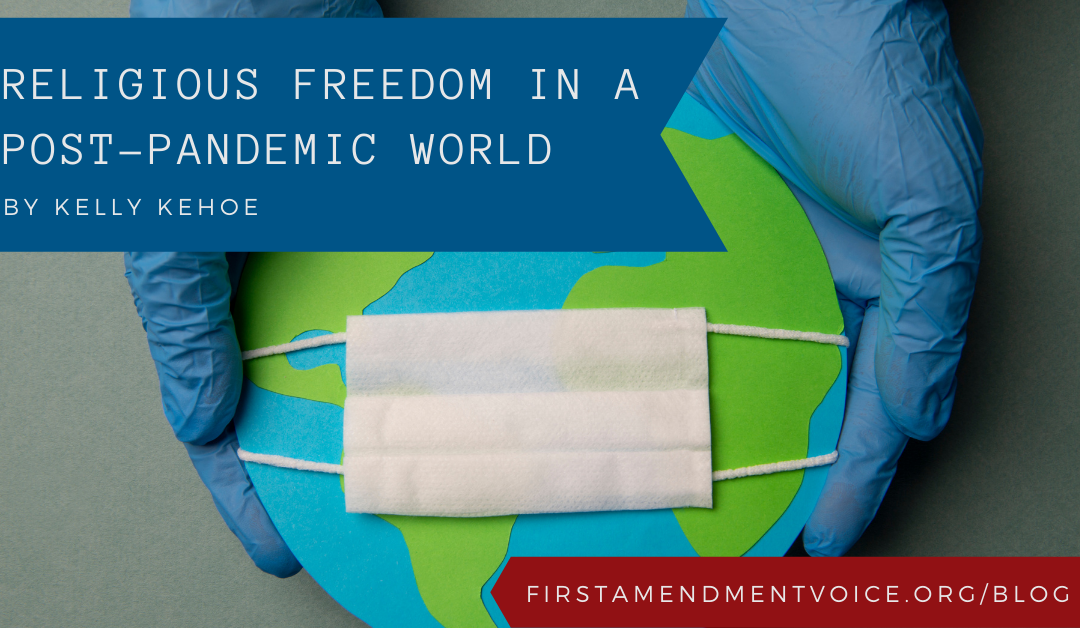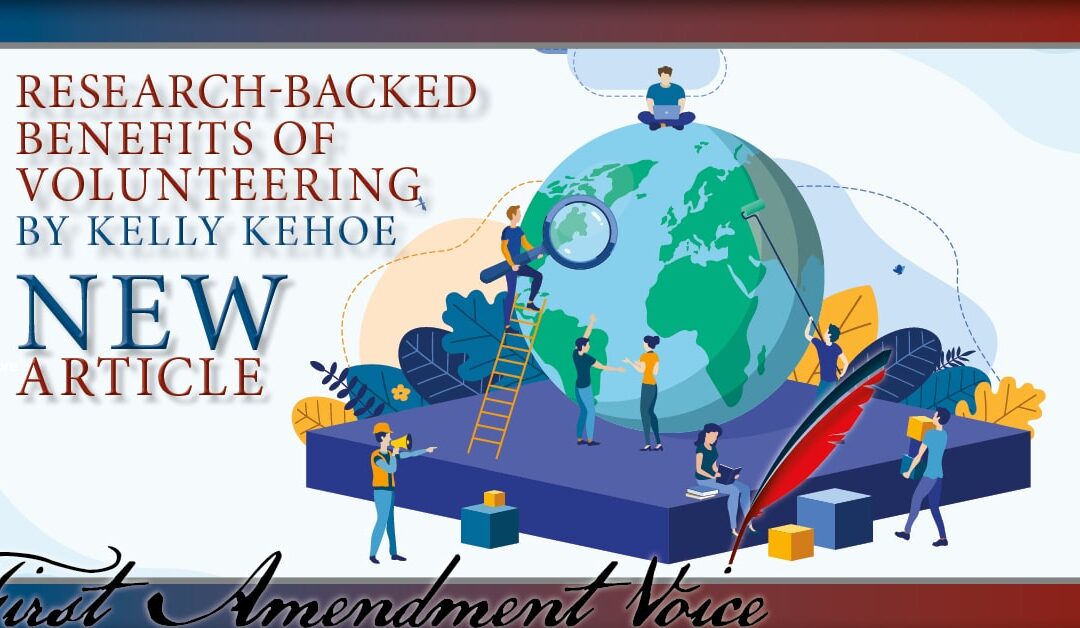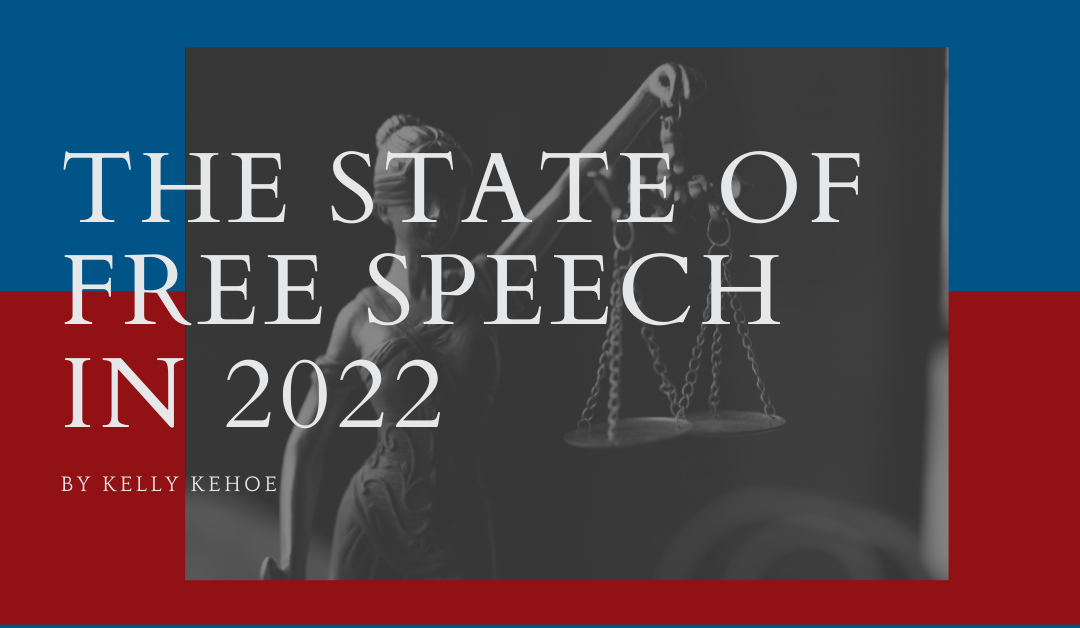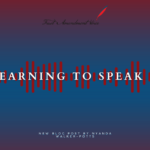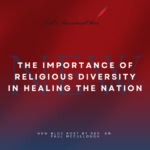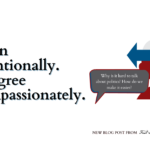
Want to Get More Involved in Your Community? Start with These Volunteering Resources
Where to Find New Volunteer Opportunities
City or County Websites: Many local government websites around the U.S. include designated sections for civic engagement opportunities.
VolunteerMatch: Over 135,000 nonprofit organizations use the VolunteerMatch portal to recruit participants for both in-person and virtual volunteering opportunities. Since the platform was founded in 1998, it has connected more than 16 million people to volunteer gigs around the world. You can find a wide variety of volunteer options on VolunteerMatch’s website by searching for either specific causes to support or skills you can offer in a voluntary role.
Volunteers of America: This nonprofit organization was founded in 1896 for the purpose of helping vulnerable citizens access basic living necessities like housing and healthcare. Today, more than 60,000 volunteers support the organization’s human service programs in more than 400 communities across the U.S. You can get involved by contacting a local VOA office or volunteering at one of their senior living and care communities.
Volunteer.gov: Also known as “America’s Natural and Cultural Resources Volunteer Portal,” Volunteer.gov was established by the Bush Administration in 2002 and continues to be a fantastic resource for people seeking local, state and national volunteer opportunities.
Valuable Readings About Volunteerism
- University of Kansas Community Toolbox:
- Getting Issues on the Public Agenda
- Communications to Promote Interest
- Encouraging Involvement in Community Work
- Recruiting and Training Volunteers
- Analyzing Community Problems and Solutions
- Modifying Access, Barriers and Opportunities
- Changing the Physical and Social Environment
- The Principles of Advocacy
- National Council of Nonprofits’ Volunteer Resources Guide
- Health and Social Care in the Community (July 2021): The role of volunteering in supporting well-being – What might this mean for social prescribing? A best-fit framework synthesis of qualitative research
- Journal of Community Applied Social Psychology (October 2019): How can ‘we’ help? Exploring the role of shared social identity in the experiences and benefits of volunteering
- Pew Research Center (February 2019): Americans with higher education and income are more likely to be involved in community groups
Inspiring TED Talks About Volunteering
- A life lesson from a volunteer firefighter | Mark Bezos in March 2011
- How Volunteering Grows Healthy Communities | Hebah Hussaina at TEDxBearCreekPark in May 2019
- Service is connecting your passion to someone else’s need | Jaime Parker at TEDxCarnegieLake in June 2015
- Volunteering: empowering others, empowering yourself | Kamilla Sultanova at TEDxHelsinkiUniversity in July 2018
- Volunteering – the beneficial side effects | Eric Cooper at TEDxSanAntonio in March 2018
- Volunteerism: Best platform for personal and professional development | Tuan Nguyen at TEDxUOttawa in January 2014
Lowry Award for Citizenship Recognizes Outstanding Volunteers
The Edward D. Lowry Memorial Award for Citizenship recognizes the work of nonpartisan volunteers bridging divisions within their communities to promote the public good. Get ready to learn more about the positive work going on in countless communities across the country as FAV lifts up amazing community leaders and civic entrepreneurs who exemplify the following qualities:
- Relentless service to others
- Able to work across ideological differences for the common good
- Fearless advocate of the First Amendment principles
- Overcomes setbacks; strives on in the face of adversity
- Exhibits strategic thinking but able to translate that into results
- Inspirational: encourages others to give of time, talent or resources
- Consummate networking to connect organizations & people for community impact
Nominations are due by March 15th to info@firstamendmentvoice.org with email title “2022 FAV Lowry Award Nomination.” You can also submit a nomination using the form linked on our home page. Learn more about the Lowry Award on our YouTube page!

